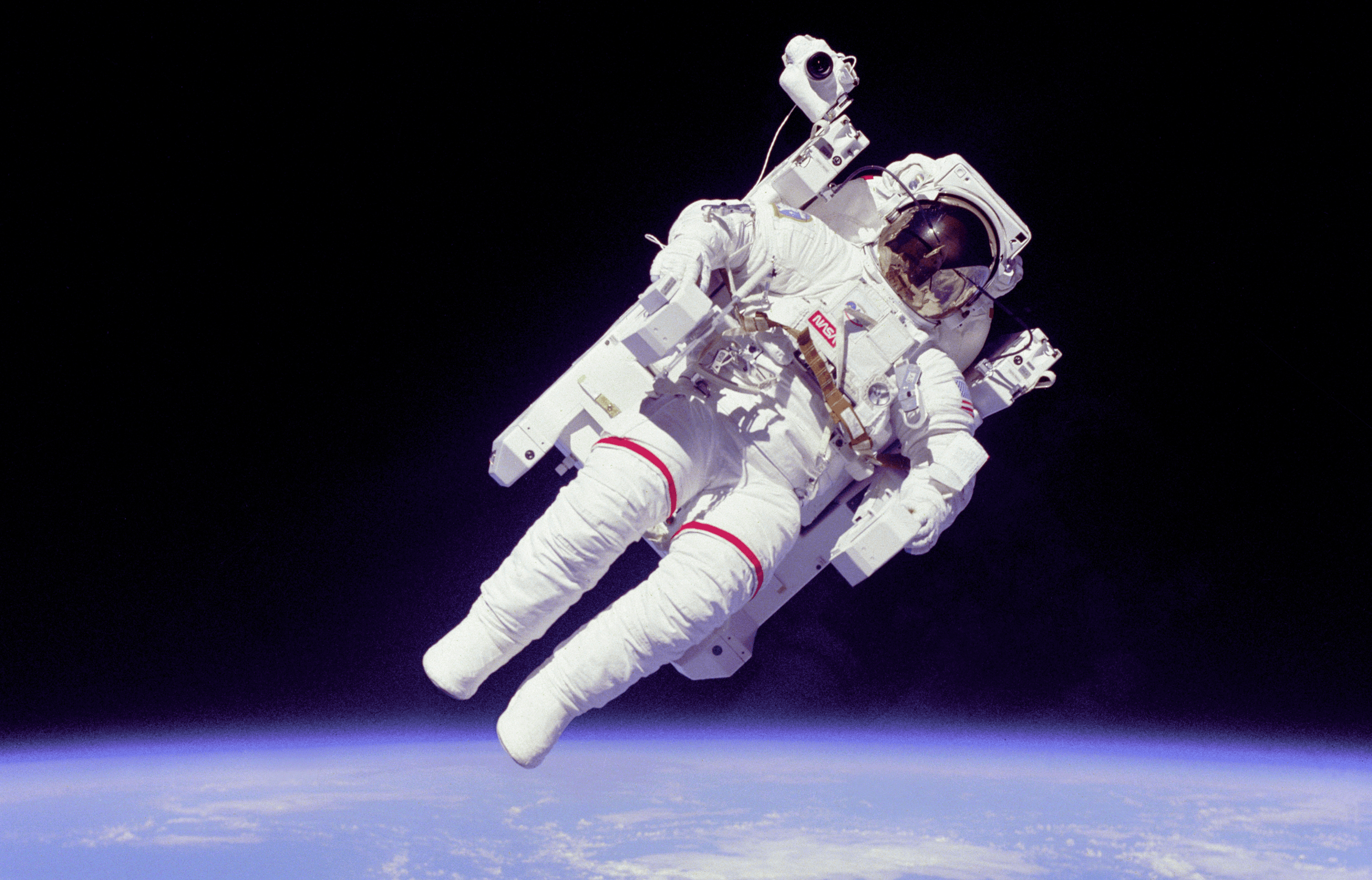Is Tim Peake ageing faster or slower on the ISS?
Dan, London
That is an excellent question, and the answer lies with the two theories of relativity: special and general.The principle of relativity was put forward by Galileo and it states that a physical event must look the same for all the observers. This principle, although powerful, doesn’t explain several things such as the speed of light. Einstein improved on this with his two theories.Special relativity focuses on frame of references (where an observer is) which are in uniform motion of each other while general relativity focuses on gravity, acceleration and the geometry of spacetime.
Special relativity tells us that the faster you’re moving, the slower time will pass for you. It follows this equation.
Where t0 is the time for an observer on Earth, tf is the time passing for the astronaut, v is their velocity and c is the speed of light.
General relativity tells us that the closer we are to an object, the slower time passes, compared to an observer who is nowhere near that object. The equation is similar to the previous one, and for a particle in a circular orbit around an object, it looks like this
where G is the constant of Universal Gravitation, M is the Mass of the Earth, r is the distance from the centre of the Earth.
So, special relativity tells us that an astronaut’s clock should slow down as it’s moving pretty fast, but it should also speed up as they’re further away from the Earth.
Both effects are pretty small, but the gravitational one is more significant.
UPDATE: I got the calculation wrong, I think I got a factor of 10 wrong in the velocity calculation. Dr. Martin Archer pointed out on twitter and I went back to do my calculations. For each second on board of the ISS, an astronaut experience a time dilation of 2.734×10-10 seconds.
This is equivalent to becoming 0.08 seconds younger every year.
This is, of course, an approximation, but it underlines a very important phenomenon. Every satellite in orbit needs to be calibrated taking into account its speed and distance, otherwise, they would become out of sync. If the Earth’s crust and interior formed at the same time by now the surface would be a year older the core.
And to finish, next time you use GPS on your phone, remember that it’s possible for you to find your way around thanks to one of the finest scientific theories of all time.

